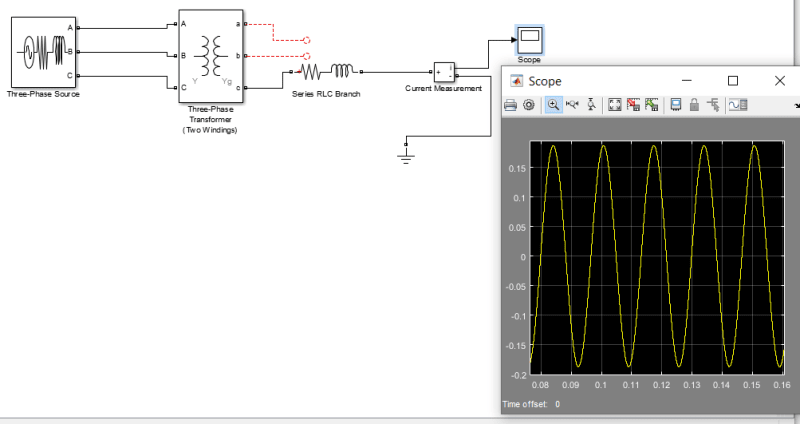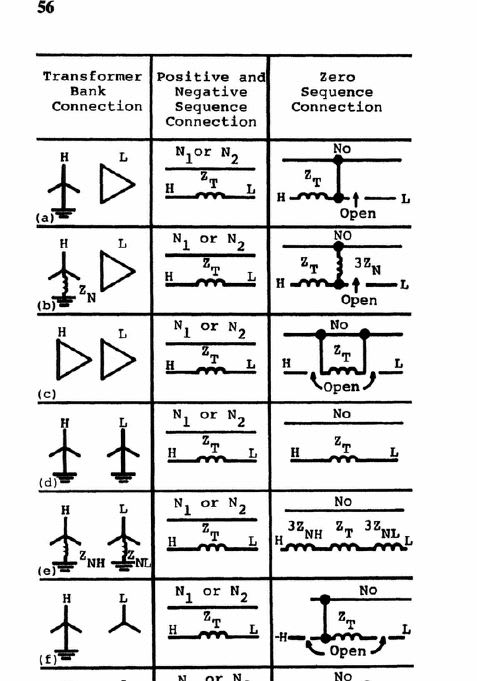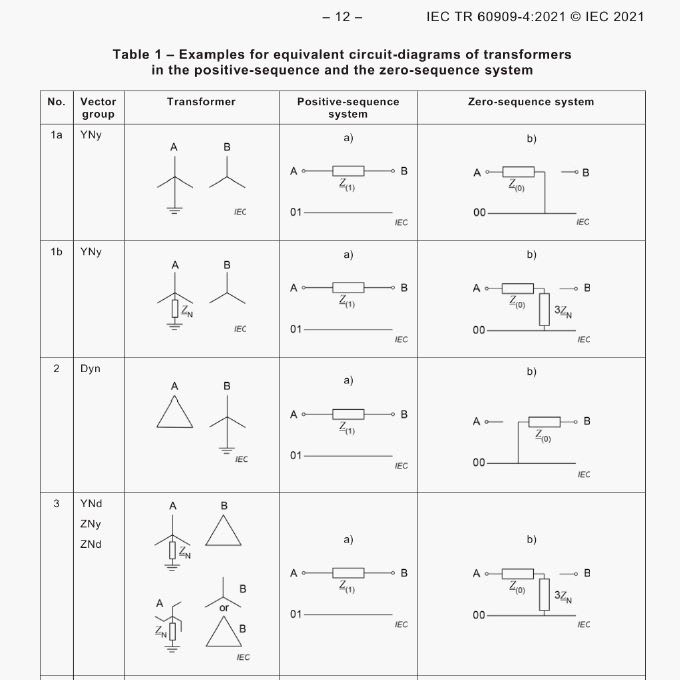-
1
- #1
Hi All
I have been reading for hours and still confused about the grounding concepts for wye-wye transformers.
1. Say we have a wye-wye transfrormer and the primary side neutral is not connected to ground but the secondary side neutral is connected to ground, if we have a phase-ground fault on the secondary, will fault current flow from phase -> ground -> neutral of the secondary transformer? And will this fault current be seen as phase current on the primary side?
2. Say we now connect the primary side neutral to ground, will this change anything?
3. Is it common practice to bond the STAR points together if they are connected to ground for this type of transformer? If so, why?
4. If we have both the primary and secondary side neutrals connected to ground, but the primary side is via a neutral earthed resistor, if we have a ground fault on the primary side, will fault current still be limited by the resistor? or will the bonding mentioned in point 3 compromise this?
I have been reading for hours and still confused about the grounding concepts for wye-wye transformers.
1. Say we have a wye-wye transfrormer and the primary side neutral is not connected to ground but the secondary side neutral is connected to ground, if we have a phase-ground fault on the secondary, will fault current flow from phase -> ground -> neutral of the secondary transformer? And will this fault current be seen as phase current on the primary side?
2. Say we now connect the primary side neutral to ground, will this change anything?
3. Is it common practice to bond the STAR points together if they are connected to ground for this type of transformer? If so, why?
4. If we have both the primary and secondary side neutrals connected to ground, but the primary side is via a neutral earthed resistor, if we have a ground fault on the primary side, will fault current still be limited by the resistor? or will the bonding mentioned in point 3 compromise this?



